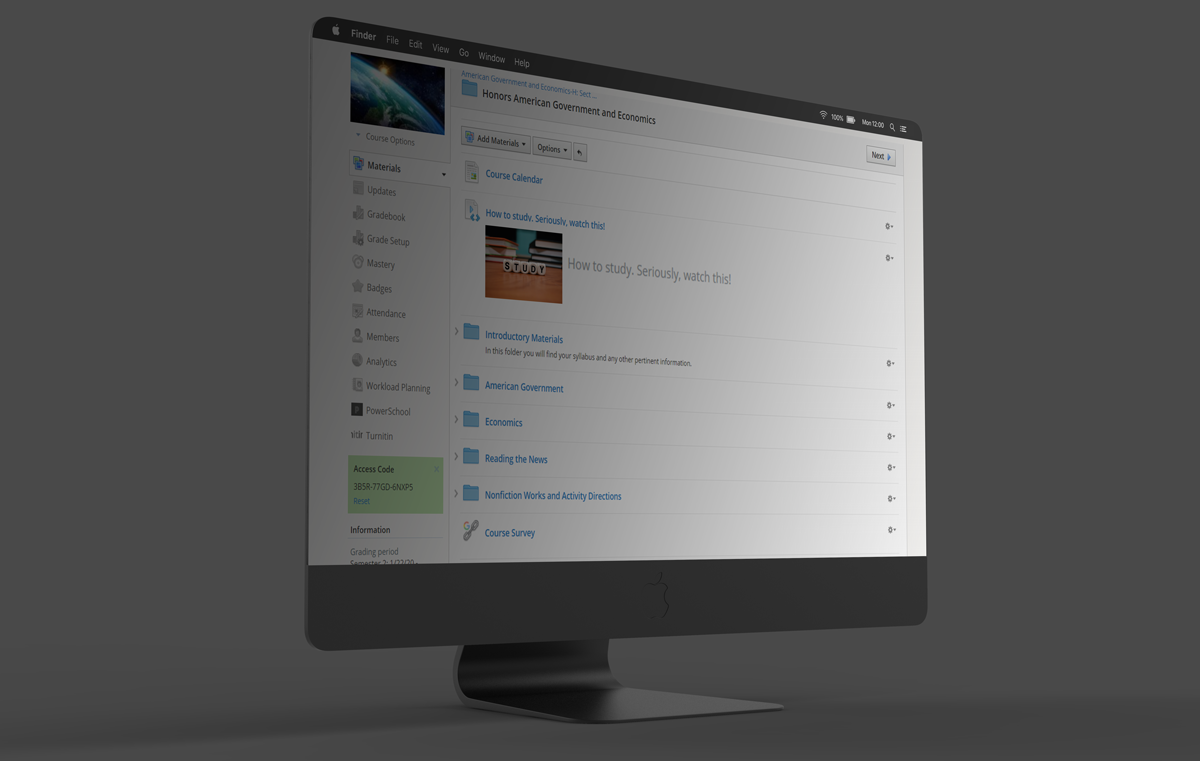Client: Public school district with 415 employed education professionals and annual budget of $98.5M, serving 4,724 students
Their Challenge:
Administrators and teachers recognized that there was an opportunity to advance their mission by adopting eLearning practices and technologies. A learning management system (LMS) would allow them to provide their learners with content when and how they want, increase access, curate and customize lesson plans, and ultimately improve educational outcomes. However, with any new technology comes considerations and challenges, including scalability, adoption, change management, content adaptation, security, and metric tracking.
The client required guidance through the entire process, from researching and selecting a LMS technology to implementation, adoption, and impact measurement. Additionally, change management strategies had to be developed for both key user groups of teachers and students.
The Approach:
This project took place over three years, from discovery and solutioning to onboarding, implementation, and full integration for two distinct groups of end-users: teachers and students. To begin, I consulted with school administrators to identify the district’s needs and goals. After establishing the client’s priorities, we assessed current capacity and found creative ways to integrate a suite of impactful eLearning tools while minimizing the impact to their limited budget. Together, we developed comprehensive criteria to vet and select the LMS system that would best serve teachers and students.
From an end-user perspective, a two-pronged training approach was required: one for teachers, and another for students. I spearheaded the user-focused change management and technology transition by planning and executing a series of professional development opportunities to educate and engage faculty members on the new technology and processes. Collaborating closely with SMEs, I created a demo course to be used as a guide, which was a springboard for SMEs to create guides and share best practices within their own subject areas. I also established protocols to proactively and efficiently provide support to faculty. Engaging faculty early and repeatedly was crucial to the long-term success of the tool. Additionally, I consulted on the design and content for student-focused training sessions to help drive learner adoption. Ultimately, a year of partial blended learning prior to full integration was helpful for establishing best practices and ensuring that the necessary support structures were in place for the success of both teachers and students.
Results:
Due to the user-focused approach of our initial integration and adoption, the client is now recognized as one of the most advanced districts in the area when it comes to eLearning. Notably, the students rate the use of technology as one of the best aspects of their overall learning experience.
Stakeholder Relationships
Established a positive, consultative partnership with administrators to develop an understanding of goals and criteria used to select the best LMS provider.
Collaborated with administrators and tech department experts to upgrade technology capacity and streamline on-boarding.
Created a working group of teachers to test, evaluate, and provide feedback during each stage.
Collected feedback from students and their families to identify opportunities and measure use and satisfaction throughout the implementation.
Change Management
Developed professional development sessions and ongoing support programs based on skill/comfort levels to ensure successful transition for faculty members across all areas.
Identified super users during pilot stage to act as internal SMEs and help drive adoption.
Collaborated with key stakeholders to adopt and amend best practices and e-learning policies based on iterative feedback.
Key Metrics and Recognition of Successes
Increase of 10% e-learning adoption to a full 100% adoption for both students and teachers by the end of the project.
One case study showed an average increase in grades of 3.5% after adoption.
2019 Top Schools in PA - U.S. News and World Reports
Top STEM School High Schools - Newsweek
National Blue Ribbon recognized school district
7th highest Performance Profile Score in PA (PDE). Note that PPS improved 3 points over the course of three years.
“This has easily been one of my favorite classes. The use of technology made everything so efficient.”
